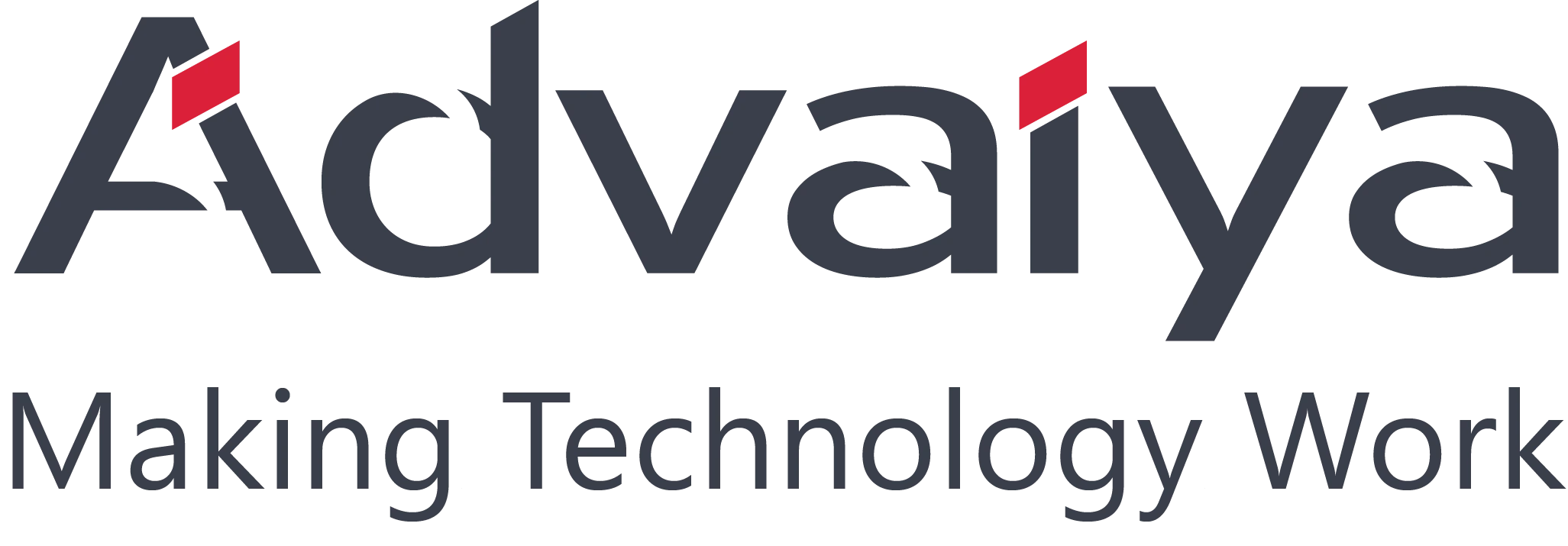Publication – EPC World

Steps to successful ERP implementation
by Kirti Sethiya, Associate Principal, Advaiya
With EPC businesses growing in size, managing and organizing time, resources and efforts become a complex process. This is further complicated when you are managing teams both in-office and on-site. Although, an enterprise resources planning (ERP) system can improve business productivity and efficiency by automating some of the processes and providing a centralized source of data for all teams across all business locations. However, an ERP implementation can be cumbersome and quite challenging.
An articulated ERP implementation enables businesses to streamline their business functions like accounting, human resources, resource management, sales & marketing, and operations. It provides a central database for the entire organization, connecting multiple groups with a single source of information that everyone can access. It is increasingly required by businesses in the EPC industry to address difficulties in managing complex order cycles, procurement and managing large teams at multiple locations.
Along with improved productivity and process efficiency, businesses also get access to real-time information that allows teams to make better decisions, faster. An ERP system is great for reducing costs, and by improving collaboration, it can help you considerably boost productivity and efficiency, which will lead to high-quality customer service and enable you to stay ahead of your competition. Such systems can also enable managing the complex financial systems and help get full control of financial management for EPC businesses.
Implementing an ERP system for the first time can be a very painful process, as it takes a lot of time and careful planning to start reaping the benefits by the business. The transition can be challenging since the business and its stakeholders need to adapt to the new system - that too on multiple areas of operation - and learn how to use it effectively. The biggest obstacle is that it not only changes the mode of operations, but it also greatly impacts the company culture in tangible ways.
However, implementing an ERP system can be highly rewarding if done properly. Businesses can synchronize all relevant information and streamline business operations, as well as significantly improve communication and collaboration within the teams. Businesses also can get a centralized view of their operations on all business sites.
Implementing an ERP system is a multi-phase project that includes redesigning business processes to take advantage of the new system’s capabilities, configuring the software, migrating the organization’s database and training users. There are a few pre-requisites of a straightforward ERP implementation. Businesses have to ensure that they have necessary data—in terms of needs, pain points, documentation of current processes and adoption strategy by business and its stakeholders— toensure that the implementation can address problems for all business personas.
The following are the steps to implement ERP system successfully at your organization:
- Discovery and planning - The very first step for all ERP implementation has to be researching and selecting a solution specific to the business’ needs. This entails evaluating current business requirements, setting up a team and planning out the setup and execution of the ERP implementation. ERP offers comprehensive solutions to a wide range of business problems. It is important to determine the true reason for implementing ERP.The ERP implementation partner assesses your existing systems and procedures to identify the requirements, project scope, milestones, and modifications required. Once the vision and requirements are identified, the implementation partner will prepare the project plan.
- Design stage - Every business has its own individual needs. For instance, a construction company may need such a system that addresses all aspects of their business, such as complex business cycles, vendor management, billing, material management, etc. For such use cases, mapping the scope of implementation is a must. This is where a detailed implementation design comes into place. A solution architect can help design such workflows that enables improved financial control, support organic growth, accommodate business mergers and acquisitions, and other typical businessprocesses and transactions.
- Development - Once the solution is designed, a team of ERP experts begin developing the solution. The development team works on customizing the standard ERP solution into the configurations and customizations that were finalized in the design stage.
Using an ERP system automates a wide range of operations including purchasing, finance, HR, accounting, inventory, customer service, order tracking, etc. This automation reduces a paper-based system, digitizing the core platform so you can manage more with less. To enable this integration, development teams also work on migrating the existing database from various sources into the selected ERP solution and mapping that data to respective destinations. - Testing - Once the ERP system has been built, testing it out with a small group of users can help find any defects or use case problems that the developers can fix. Management must make sure they follow best practices during the pilot testing. A very important element in the implementation process is user acceptability. Internal IT staff can be trained during the testing phase to manage any future technical concerns that may arise. The IT staff should also be able to handle urgent problems, upgrades, and routine system maintenance.
- Deployment - The solution is prepared for deployment once the ERP system has user acceptance from all stakeholders and all essential configurations are made. During deployment the following parameters should be addressed:
- Necessary infrastructure is set up and configured.
- All reports that are driven from the ERP solution are working and derive necessary data.
- The data migration is accurate and complete
- All technical and functional use cases are covered
- Auto backup measures are set up and functional
If all these parameters are addressed and complete, then the system is ready for use. At this stage, all stakeholders should be trained, and if possible, a procedure for FAQs, grievances, and suggestions shall be put in place. Necessary support mechanisms should also be set up.




